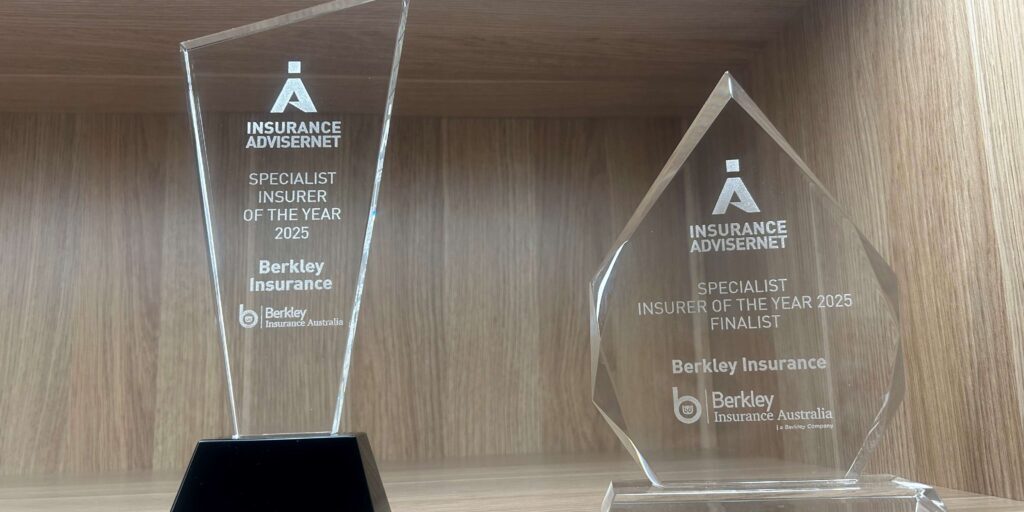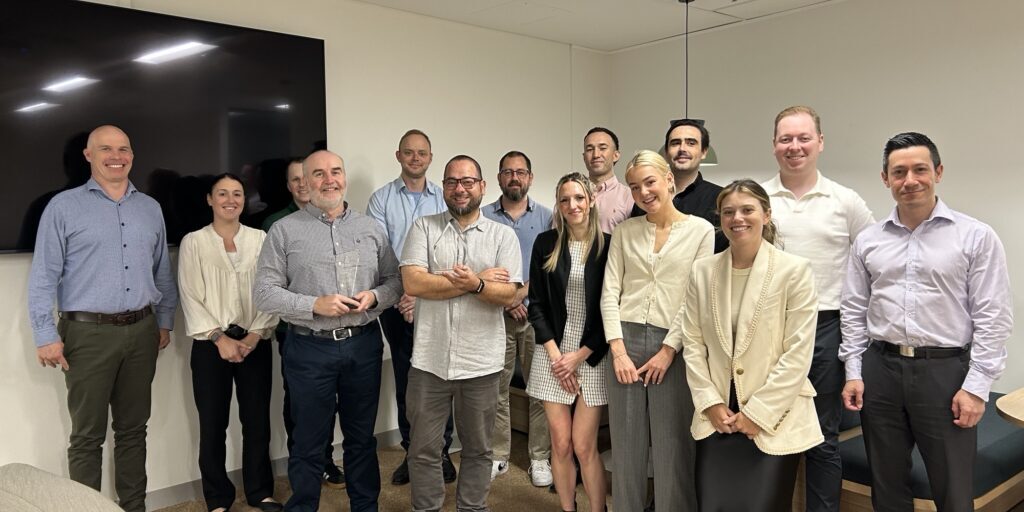
How to get a Public and Products Liability Quote
When a broker is looking to obtain a Public and Products Liability (General Liability) quotation for new business there are some essential elements for obtaining a competitive premium and comprehensive coverage in minimal time. This is equally applicable to the Open Market where it is sent directly to a particular Insurer or via an online quoting platform. We will use the business occupation of an Electrician for information purposes.
Business Activities
Business Established – if a new venture or remarketing a renewal to new Insurers it is helpful to know the experience/qualifications of directors/owners/key personnel – Qualified Electrician, 10 years with James Domestic Electrical Services, 5 years own business.
Website – check the website as very often Insured have websites that are out of date or have capability statements that do not accurately reflect their day-to-day operations.
Activities – provide an accurate description of the business – do not just put “Electrician” as the Insured could be involved in a number of different areas such as domestic/residential, commercial/industrial or a combination of the two – particularly important for online platforms which will require an ANZSIC code. It is also important to establish if the Insured is involved in associated activities such as wholesale/retail of products, manufacture/import/export, installation/repair/service/maintenance, and property owner/property occupier.
Insured Name – the full legal entity to be covered under the policy. For example, John Ryan Electrical Contracting Pty Ltd not John Ryan Electrical Contracting which is not a legal entity.
Using the information we have gathered above we can now provide a Business Description which reflects the day-to-day activities of the Insured: “Residential Electrical Contractor for installation, repairs and maintenance; importation and wholesale of residential light switches; property owner”.
Avoid the use of additions in the Business Description such as “Principally” or “all other activities incidental thereto” which are likely to be rejected by the Underwriter as they are very broad and do not necessarily reflect the activities which are being covered.
Rating Factors
When calculating a premium Underwriters use a number of rating factors that will have an impact on the premium charged.
Turnover – Gross Income of the business and helpful if it can be split by activity, i.e. Domestic Electrical Work and percentage of work away from the premise; wholesale of light switches. This allows the Underwriter to determine the size of the business as well as the rate for Products Liability.
Wages – wages paid to employees engaged in the business including directors; employee numbers. This factor assists in rating the public liability exposure as well as potential exposure for work away from the Insured’s premises.
Contractor – Payments to and services provided to independent Third Parties directly engaged by the Insured to provide goods, services or both for which the Insured generates an income, i.e. contractors engaged to perform electrical installations on behalf of the Insured. It does not mean the window cleaning contractor who cleans the office windows.
Labour Hire – Payments to persons for services provided to the Insured by Third Parties employed by an employment agency or labour-hire company, i.e. at peak periods such as the end of the year Labour Hire are engaged to do installation work for a month to clear a backlog of work.
Both Contractors and Labour Hire have high potential exposure for the Insured, particularly for Bodily Injury claims being pursued under their common law rights, as they are not covered as a rule by the Insured’s Workers Compensation insurance. This will usually require the application of an injury to Contractor/Labour Hire Excess which will be higher than the standard excess.
Exports – the value of products exported, and countries exported to particularly North America as most policies will automatically exclude. Is the product a component or incorporated into another product? In this case, light switches worth $100,000 annually are exported to New Zealand for a manufacturer of demountable homes and the products meet NZ standards.
Imports – the value of imports and type of products, country of origin, details of the manufacturer (website if available) and how long has the Insured been dealing with this supplier. These details are important if the imports are a component to be incorporated into the Insured’s product (casing for the light switch) or a finished product (the whole light switch). This information is important as Underwriters may load the premium for counties/manufacturers who have a poor quality reputation or it may be difficult to seek recovery from in the event of a claim. Details of the Insured’s quality control process for these products can assist the Underwriter’s willingness to quote this exposure.
Excess – most Insurers will have a minimum excess which they will apply on certain occupations, i.e. office risk versus an electrician, and depending on the nature of the Insured’s business. A higher excess may demonstrate that the Insured has good risk management processes in place and this minimises the potential for claims so they take a higher excess which may warrant a discount.
Claims
When seeking a quotation it is prudent to provide a claims history from the current Insurer (minimum 5 years preferable) on letterhead rather than providing one after you have obtained a quotation and find there are multiple claims and have the quote withdrawn.
Where there are claims it will provide the broker with an opportunity to provide some commentary such as the activity that caused the claim is discontinued, recovery is being pursued against the third party, etc. It is also important to advise the excess applicable at the time of the loss as if the amounts are small say under $250 with a $100 excess an increase in the excess to $250 may smooth the claims history and make it more attractive to the Underwriter. It also demonstrates that the Insured is prepared to take more responsibility for their risk management activities.
It is particularly important to provide information on bodily injury claims where there are outstanding amounts from previous years as we know these can take many years to develop and make some risks unattractive to write in many cases.
Once you have this information you should be able to put the information into a quote slip which will be received favourably by the Underwriter rather than the one-line email with no information. It will also assist the Underwriter in prioritising his / her response if you can provide the due date of the risk and the date a response is required.
Where you are uncertain on whether it is a risk which may appeal to the Underwriter it’s often beneficial to telephone and discuss the risk before sending to avoid disappointment
Related Links
Quote and Bind a Policy Instantly
Berkley Insurance Australia – Public and Products Liability Policy Wording
Are all sub-contractors covered in a public liability policy?
Public & Products Liability Insurance Vs Professional Indemnity Insurance
Important Notice
Berkley Insurance Company (limited company incorporated in Delaware, USA) ABN 53 126 559 706 t/as Berkley Insurance Australia is an APRA authorised general insurer. Information provided is general only, intended for brokers and has been prepared without taking into account any person’s particular objectives, financial situation or needs. Insurance cover is subject to terms, conditions, limits, and exclusions. When making a decision to buy or continue to hold a product, you should review the relevant policy documents.
Share this post on
Inside Berkley Insurance Australia: An Interview with CEO Tony Wheatley
Berkley Insurance Australia Wins Specialist Insurer of the Year for Fourth Consecutive Year
Getting the Best Terms for Clients with Prior Claims


